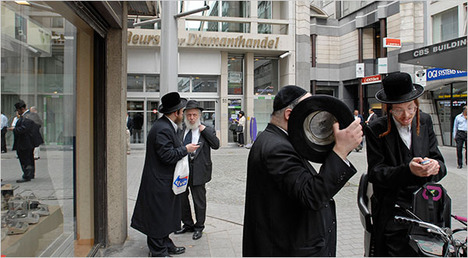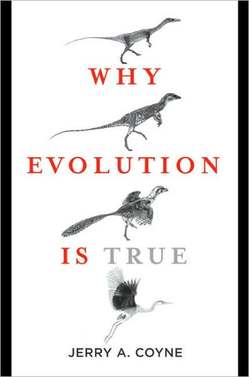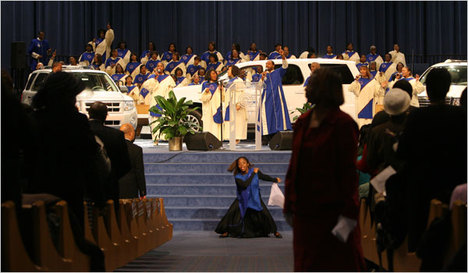 “Orthodox Jews have been at the center of Antwerp’s diamond trade since the late 19th century, when they fled Eastern Europe.” Source of the caption and photo: online version of the NYT article quoted and cited below.
“Orthodox Jews have been at the center of Antwerp’s diamond trade since the late 19th century, when they fled Eastern Europe.” Source of the caption and photo: online version of the NYT article quoted and cited below.
Markets will work better when a critical mass of participants hold certain core values, including those of tolerance and honesty.
(p. A11) ANTWERP, Belgium — Teetering on their bicycles or strolling amiably while chattering into cellphones in Yiddish, Dutch, French, Hebrew or English, the Orthodox Jews of this Belgian port city have set the tone of its lively diamond market for more than a century.
Hoveniersstraat, or Gardener’s Street, is the backbone of the market, where four-fifths of the world’s uncut diamonds are traded. It winds past the L & A Jewelry Factory and the office of Brinks, the armored car company, and on to the World Diamond Center just opposite the little Sephardic synagogue. On any given day but Friday, it is sprinkled liberally with Orthodox Jewish diamond traders, many of them Hasidim.
. . .
Ari Epstein, 33, is the son of a diamond trader, whose father emigrated from a village in Romania in the 1960s. “It’s a typical shtetl environment,” he said, wearing the yarmulke with a business suit. “It’s live and let live. Most important is to do business together and to be honorable.”
For the full story, see:
JOHN TAGLIABUE. “Antwerp Journal; Belgian Market’s Luster Dims, but Legacy Stays.” The New York Times (Tues., January 6, 2009): A11.
(Note: ellipsis added.)
“The market employs about 7,000 and creates work indirectly for another 26,000.” Source of the caption and photo: online version of the NYT article quoted and cited above.





